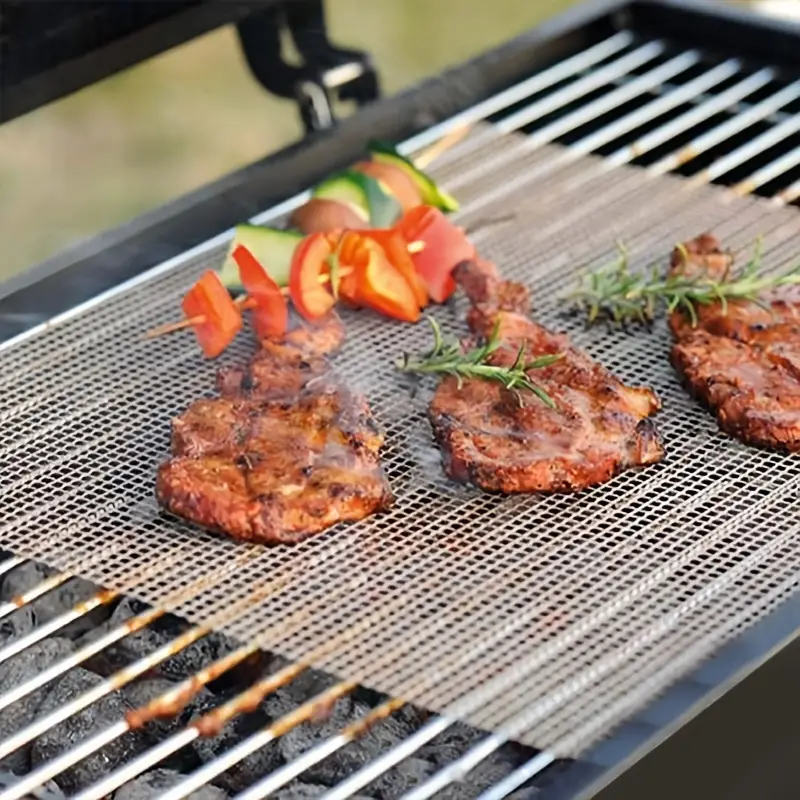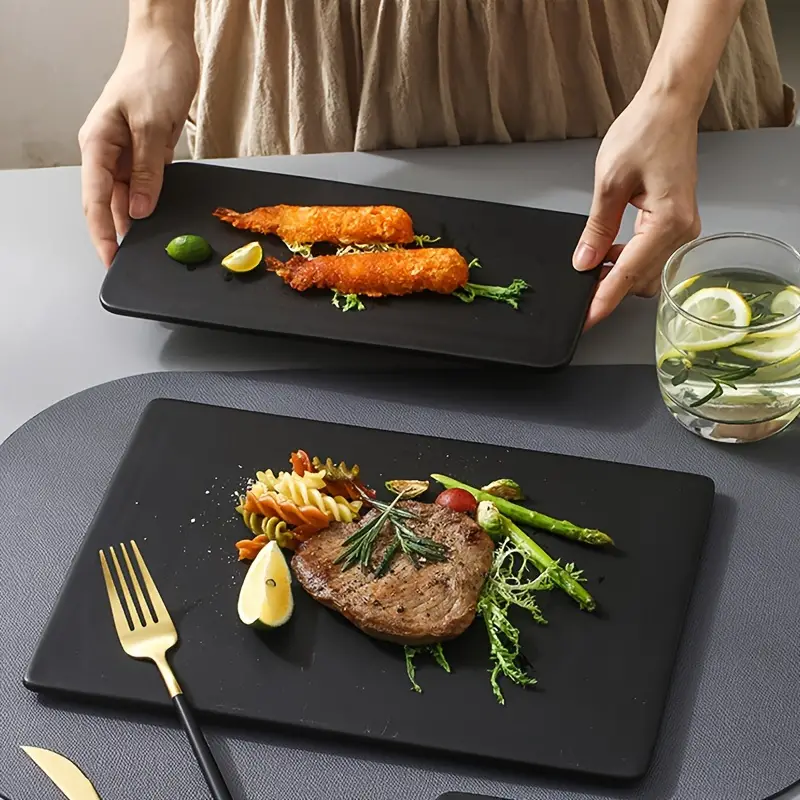Food thermometers are essential kitchen tools that are often overlooked, but they play a crucial role in ensuring that the food we eat is cooked to a safe temperature. Using a food thermometer can prevent foodborne illnesses and ensure that meats, poultry, and fish are cooked to the correct temperature.
There are several types of food thermometers available, including analog, digital, and probe thermometers. Each type of thermometer has its own advantages and disadvantages, but the most important thing is to use a thermometer that is accurate and easy to use.
Why Use a Food Thermometer?
Using a food thermometer is the only reliable way to determine if food has been cooked to a safe temperature. Many people rely on visual cues, such as the color of the meat, to determine if it is done, but these cues are not always accurate. For example, ground meat may appear brown even when it is not fully cooked, and poultry may still be pink even when it has reached a safe temperature.
Using a food thermometer can also help prevent overcooking, which can result in tough, dry meat. By cooking meat to the correct temperature, you can ensure that it is both safe to eat and delicious.
Types of Food Thermometers
Analog thermometers are the most basic type of food thermometer. They have a metal probe and a dial that displays the temperature. Analog thermometers are easy to use and do not require batteries, but they may be less accurate than digital thermometers.
Digital thermometers are more accurate than analog thermometers and are available in a variety of styles, including handheld and oven-safe models. They typically have a digital display that shows the temperature, and some models have an alarm that sounds when the food reaches the desired temperature.
Probe thermometers are designed to be inserted into the food while it is cooking. They have a metal probe that is connected to a digital display by a wire. Some probe thermometers are designed for use in the oven, while others are designed for use on the stovetop or grill.
How to Use a Food Thermometer
Using a food thermometer is easy, but it is important to use it correctly to ensure accurate readings. Here are the steps to use a food thermometer:
Step 1: Choose the Right Thermometer
Choose a food thermometer that is appropriate for the type of food you are cooking. For example, a probe thermometer is ideal for checking the temperature of a roast, while an instant-read thermometer is better for checking the temperature of a thin cut of meat or poultry.
Step 2: Insert the Thermometer Probe
Insert the thermometer probe into the thickest part of the food. For example, when checking the temperature of a roast, insert the probe into the center of the roast. When checking the temperature of a chicken breast, insert the probe into the thickest part of the meat.
Step 3: Wait for the Reading to Stabilize
If using an instant-read thermometer, wait for the reading to stabilize before removing the thermometer from the food. This may take a few seconds.
Step 4: Check the Temperature
Check the temperature displayed on the thermometer. The safe internal temperatures for various meats are:
Beef, pork, lamb: 145°F (63°C)
Ground meat: 160°F (71°C)
Poultry: 165°F (74°C)
Fish: 145°F (63°C)
Step 5: Clean the Thermometer
After each use, clean the thermometer probe with warm, soapy water and let it dry thoroughly before using it again.
Tips for Using a Food Thermometer
Here are some tips to help you use a food thermometer effectively:
Check the temperature in several places to ensure that the food is cooked evenly.
Use a food thermometer to check the temperature of leftovers before reheating them






